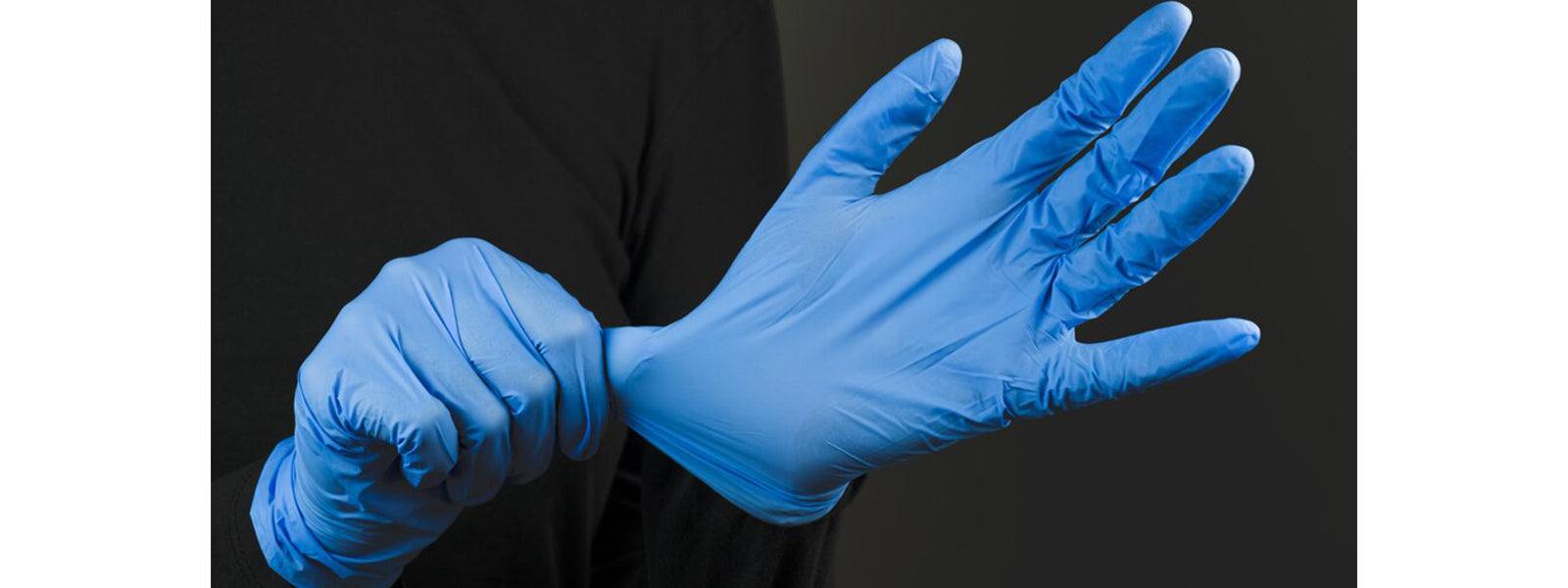
Preserving Your Skin: A Guide to Preventing Glove-Related Hand Dermatitis
In the previous article, we discussed about glove-related dermatitis. This condition is marked by redness, itching, and irritation, can be prevented with the right strategies.
- Choose the Right Gloves
Selecting the appropriate disposable gloves is the first line of defense against glove-related dermatitis. Consider the following factors:
Material: Choose disposable gloves made from materials that suit your needs. Nitrile and vinyl gloves are suitable alternatives for individuals with latex allergies.
Powder-Free Options: Choose powder-free gloves to minimize the risk of irritation associated with glove powder.
- Proper Glove Fit
Ensuring that gloves fit well is crucial in preventing friction and pressure-induced dermatitis. Follow these guidelines:
Select the Right Size: Choose gloves that fit snugly without being too tight or too loose.
Consider Ergonomic Design: Look for gloves with an ergonomic design that reduces stress on the hands during prolonged use.
- Frequent Glove Changes
Regularly changing gloves is essential to maintaining hand hygiene and preventing irritation. Follow these tips:
Change When Contaminated: Replace gloves immediately if they become contaminated with chemicals, bodily fluids, or other hazardous substances.
Scheduled Changes: Establish a schedule for changing gloves, especially during long-duration tasks.
- Hand Hygiene
Maintaining proper hand hygiene is crucial for overall skin health. Consider the following practices:
Regular Washing: Wash hands thoroughly before and after glove use to remove any potential irritants or contaminants.
Use Mild Soaps: Choose mild, fragrance-free soaps to avoid further skin irritation.
- Moisturize Regularly
Keeping the skin hydrated is key to preventing dryness and irritation. Incorporate the following into your routine:
Hypoallergenic Moisturizers: Apply a hypoallergenic moisturizer regularly to keep the skin hydrated without causing irritation.
Post-Glove Use Moisturizing: Moisturize your hands after removing gloves to replenish lost moisture.
- Protect Against Chemicals
For those working with chemicals, taking extra precautions is crucial. Consider the following measures:
Chemical-Resistant Gloves: Use gloves specifically designed to resist the chemicals you are working with. Nitrile gloves generally provide better chemical resistance than any other material.
Barrier Creams: Apply a protective barrier cream before wearing gloves to create an additional layer of defense.
- Hand Health Awareness
Being attentive to the health of your hands is vital. Incorporate the following practices into your routine:
Regular Skin Inspections: Check your hands regularly for signs of irritation or dermatitis.
Seek Medical Attention: If symptoms persist or worsen, consult a healthcare professional for guidance.
Preventing glove-related hand dermatitis is not just about choosing the right gloves but also adopting a holistic approach to hand care. By selecting appropriate gloves, ensuring a proper fit, practicing good hand hygiene, and being proactive in addressing potential irritants, individuals can preserve the health of their skin and enjoy the protective benefits of gloves without the discomfort of dermatitis. Prioritizing hand health is not just a preventive measure; it's a commitment to overall well-being in both professional and everyday settings.

Leave a comment